Sabarimala, nestled in the Western Ghats of Kerala, India, is one of the country’s most revered pilgrimage destinations, drawing millions of devotees each year. The temple, dedicated to Lord Ayyappa, sits atop a hill, surrounded by lush forests and scenic hills, offering an almost mystical experience. The journey to Sabarimala is both a spiritual and physical challenge, making it a transformative experience for many pilgrims. Here’s everything you should know before embarking on this sacred journey.
1. The Spiritual Importance of Sabarimala
Sabarimala is famous for its dedication to Lord Ayyappa, believed to be the son of Lord Shiva and Mohini, the female incarnation of Lord Vishnu. The temple’s unique rituals and traditions make it a must-visit pilgrimage site for Ayyappa devotees. The pilgrimage to Sabarimala is often viewed as a test of devotion, discipline, and faith, with people from all walks of life participating.
The journey is considered a form of penance, offering devotees the chance to purify themselves of sins and strengthen their devotion to Lord Ayyappa. Situated within a dense forest, the temple offers a sense of adventure and mystery, adding to the allure of the pilgrimage.
2. Ideal Time to Visit
The most popular time to visit Sabarimala is during the Mandala-Makaravilakku season, which runs from November to January. The Mandala season lasts 41 days, during which devotees follow strict vows. The Makaravilakku festival, held in January, marks the culmination of the pilgrimage and is the most significant event at the temple.
While the temple is open year-round, visiting during this peak season ensures a more spiritually fulfilling experience, as this is when most pilgrims undertake their journey.
3. Packing Essentials for the Pilgrimage
The journey to Sabarimala is both physically demanding and spiritually enriching, so packing carefully is crucial. Here’s a suggested packing list for your trip:
- Dark-colored Clothing: Devotees are required to wear black or dark clothes to signify simplicity and devotion. This is part of the penance.
- Comfortable Footwear: Given the steep trails, comfortable and sturdy footwear is essential.
- Walking Stick: A walking stick will help with balance as you navigate the rocky terrain, particularly on the final stretch.
- Water and Snacks: Bring water and energy-boosting snacks for the trek.
- Basic Toiletries: Pack essentials like a towel, soap, and a small bag to store your belongings.
- Medication: If you take regular medications, carry them, along with a small first aid kit.
4. Getting to Sabarimala
Sabarimala is located within the Periyar Wildlife Sanctuary, approximately 5 km from Pamba, the base point for the pilgrimage. The journey typically involves two stages: reaching Pamba and then trekking up to the temple.
By Air:
- Cochin International Airport (COK) is the nearest major airport, about 150 km from Pamba.
- Trivandrum International Airport (TRV) is approximately 140 km from Pamba.
From either airport, you can take a taxi or bus to reach Pamba.
By Train:
- Changanassery Railway Station, located about 60 km from Pamba, is the nearest major railway station.
- From the station, you can take a taxi or bus to Pamba.
By Road:
- Pamba is well connected by road, with regular buses running from various towns in Kerala and Tamil Nadu. The journey to Pamba is scenic and offers views of Kerala’s lush landscapes.
5. The Trek to the Temple
Once you arrive at Pamba, the trek to the temple begins. The 5 km uphill journey is a physically challenging climb, particularly during peak season when the trail is crowded with fellow pilgrims.
The trek generally takes about 2-3 hours, depending on your pace. Along the way, you’ll find rest stops, tea stalls, and food vendors providing refreshments. Several spots are available for rest and contemplation during the ascent.
Key Aspects of the Trek:
- Spiritual Meaning: The trek is seen as a form of spiritual cleansing. Pilgrims often chant prayers and mantras during the climb to strengthen their connection with Lord Ayyappa.
- The Sacred 18 Steps: The final ascent involves climbing 18 sacred steps, which represent the 18 virtues needed to reach the divine. Pilgrims must climb these steps barefoot, emphasizing humility.
6. The Temple Experience
When you reach the temple, you’ll be enveloped by an atmosphere of devotion and reverence. Many pilgrims, exhausted from the journey, experience a sense of peace and fulfillment upon arriving.
- The Idol of Lord Ayyappa: The main idol of Lord Ayyappa is the focal point of worship. Devotees offer prayers, perform rituals, and seek blessings for health, peace, and prosperity.
- Makaravilakku: The Makaravilakku festival, held in January, is a grand event with a procession and the lighting of a sacred flame in the forest. This flame is believed to be a divine manifestation, and pilgrims gather to witness it and offer prayers.
7. Important Rules and Rituals
The pilgrimage to Sabarimala involves strict rules and observances. Here are some key points to keep in mind:
- 41-Day Vow: Devotees must observe a 41-day fast before visiting the temple. This period of penance involves wearing dark clothes, abstaining from non-vegetarian food, alcohol, and tobacco, and maintaining celibacy.
- Male and Female Pilgrims: The temple traditionally restricts entry for women between the ages of 10 and 50, though this rule has sparked legal debates. It is currently enforced.
- No Phones or Cameras: To preserve the sanctity of the temple, pilgrims are not allowed to carry mobile phones or cameras within the temple premises.
8. Accommodation Options Around Sabarimala
While Pamba and Sabarimala are not highly commercialized, there are several accommodation options available:
- Sannidhanam (Near the Temple): Simple guesthouses and rooms are available, but it’s wise to book in advance, especially during the pilgrimage season.
- Pamba: There are a variety of hotels and lodges around Pamba that offer more comfort for those wishing to rest before or after their trek.
- Homestays: Local residents offer homestays, providing a more intimate and local experience.
Discover your path to Sabarimala through skyroutetravel.in

 Canada
Canada
 Sri Lanka
Sri Lanka
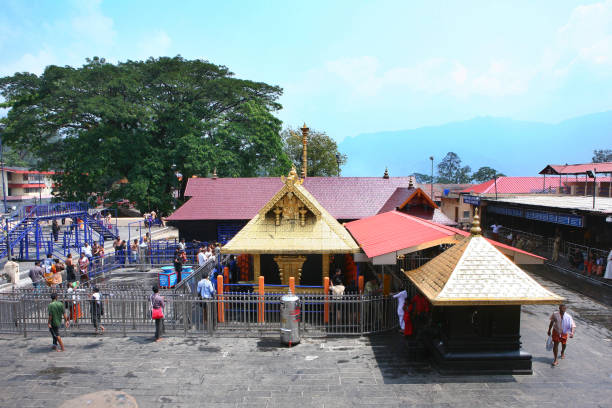
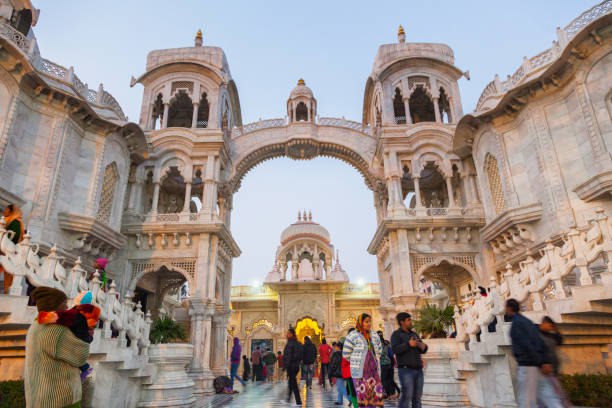
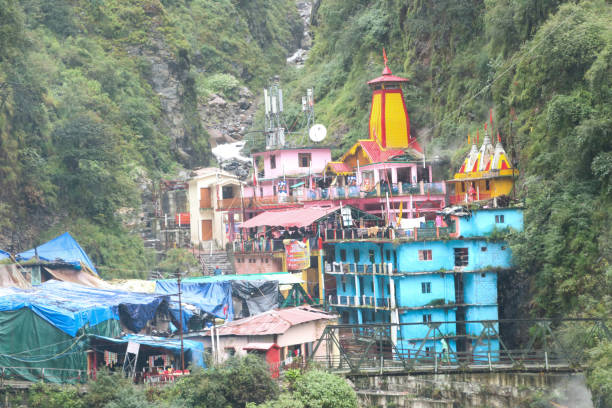
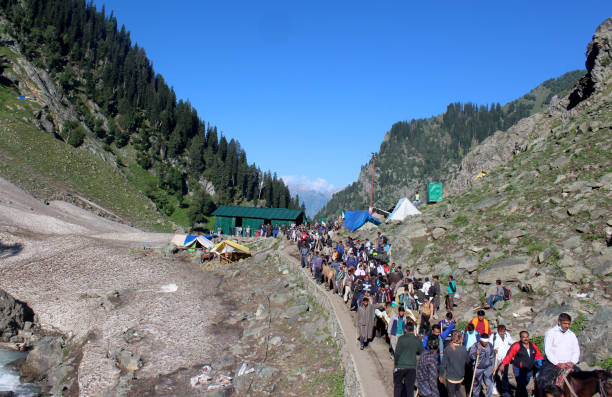
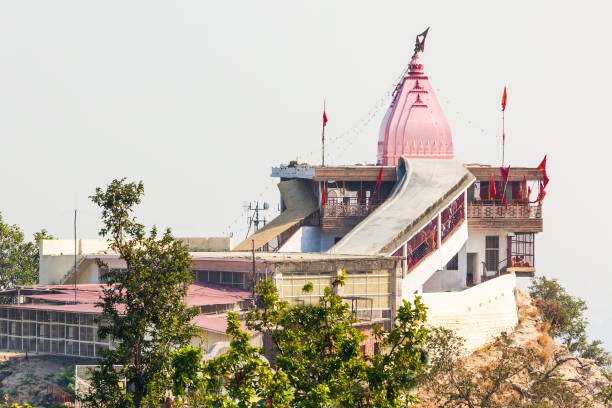
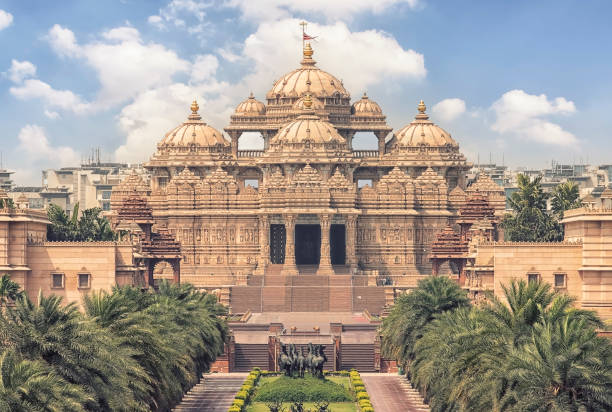
0 comments for this post